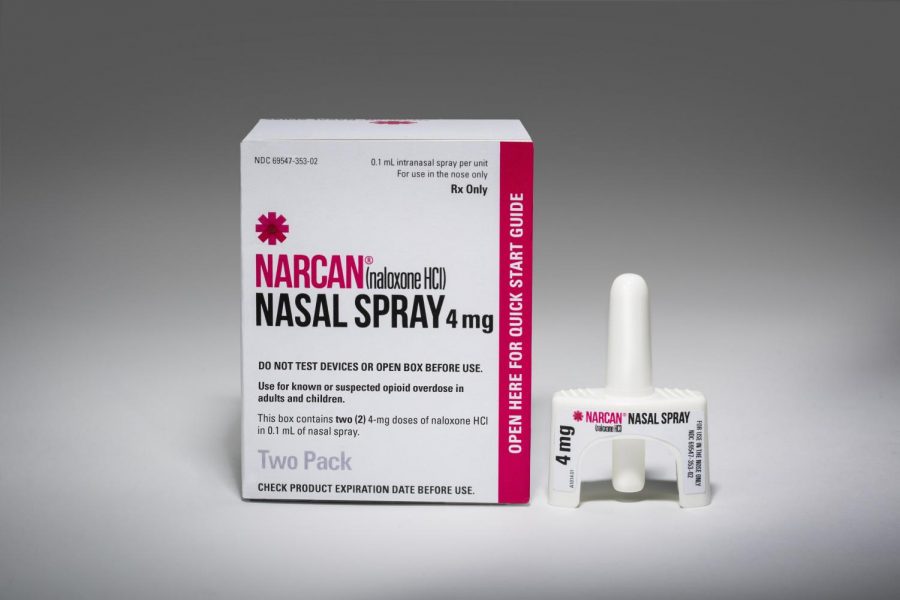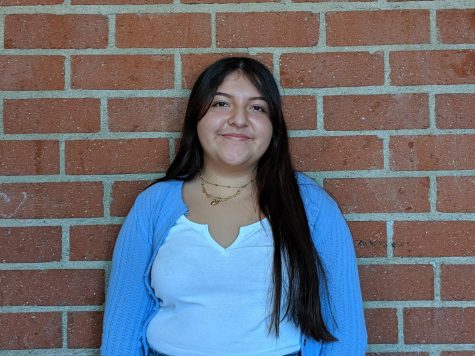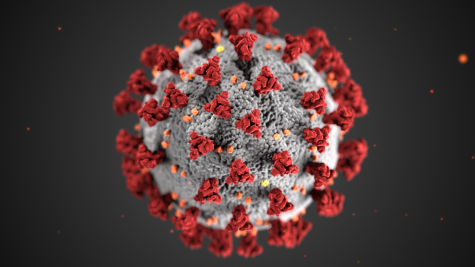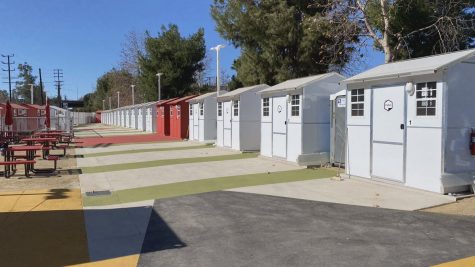Children Learn to Reverse Opioid Overdose
In a small town called Elizabethan located in Tennessee, there is an after school program for kids ranging from ages as young as 6 years old teaching them how to reverse an overdose. Reversing an overdose means to stop the effects of what leads to an opioid overdose with the use of Naloxone. Tennessee is not the only state where students are being taught how to reverse an overdose but in the other states, those students are usually at least in high school or college not in elementary school.
Naloxone is a medication used to treat and avoid the effects of an opioid overdose. It can be given in three different ways; injectable, auto-injectable, and prepackaged nasal spray. The nasal spray, which is FDA approved, is how the students at the afterschool program in Tennessee are being taught. It is a needle-free device and is sprayed into one nostril of the person’s nose while laid back. It then quickly restores the person’s ability to breathe again if the person’s respiratory was slow.
So why are elementary school students being taught to reverse an overdose? Well, in a county called Carter County the usage of opioids has increased over the past years. The county has a population of 56,000 and since 2014, 60 people have died from an opioid overdose. In 2017, there were 1,269 deaths from an opioid overdose in Tennessee. This led to county health officials creating the program that is now being taught to kids.
Carter County is predominantly conservative. People think that the use of Narcan is a waste and the program training is inappropriate to teach kids. There are schools in Tennessee that have rejected the offer of the training during school hours because the schools do not want Narcan to be on school grounds. The schools don’t want to admit that drugs are a problem.
Ms. Barnett is a nurse practitioner who provides Narcan training to kids and teens. She trains first and second graders by using pictures of opioids explaining to them if they see someone take opioids the person can fall asleep and stop breathing. They then have to use the Narcan nasal spray and “open, insert, squirt.”, as Ms. Barnett says. Mrs.Barnett discusses her own story to the students about her struggle with opioids. With her being able to share her story with the class other students come to her for advice if they know someone who is struggling with addiction and want to know what they can do to help. At the end of the training, the students are given a blue pouch with two doses of Narcan nasal spray to take home.
While there are parents who find the program inappropriate to teach young kids and see addiction as a sin. Other parents approve of the program because they want their kids to be less judgemental towards people who are dependent on opiods, or for their children to be aware of drugs and addiction.The program has kids who have relatives that struggle with addiction. There are unfortunately kids who are surrounded by drug use, but the program’s teachers would “rather a kid should go through the trauma of giving Narcan than see their parent die.”








